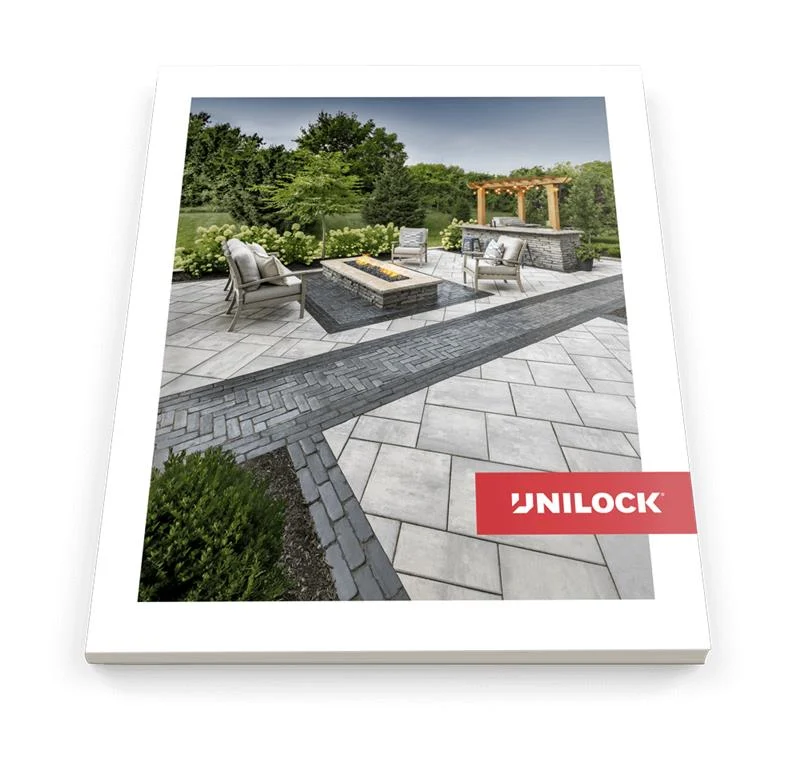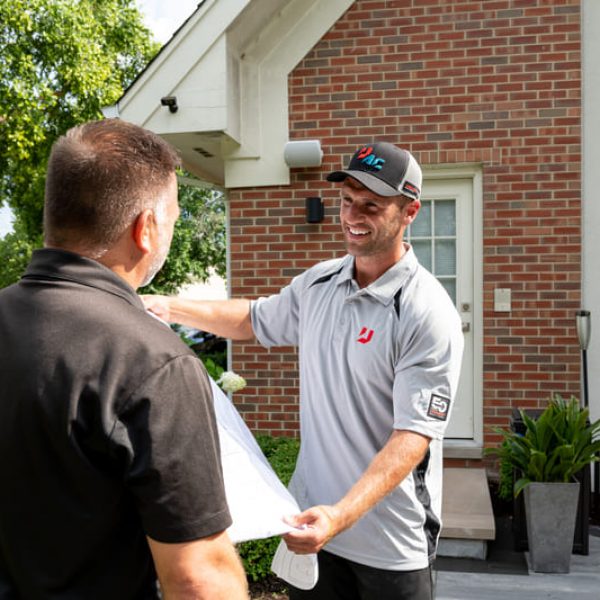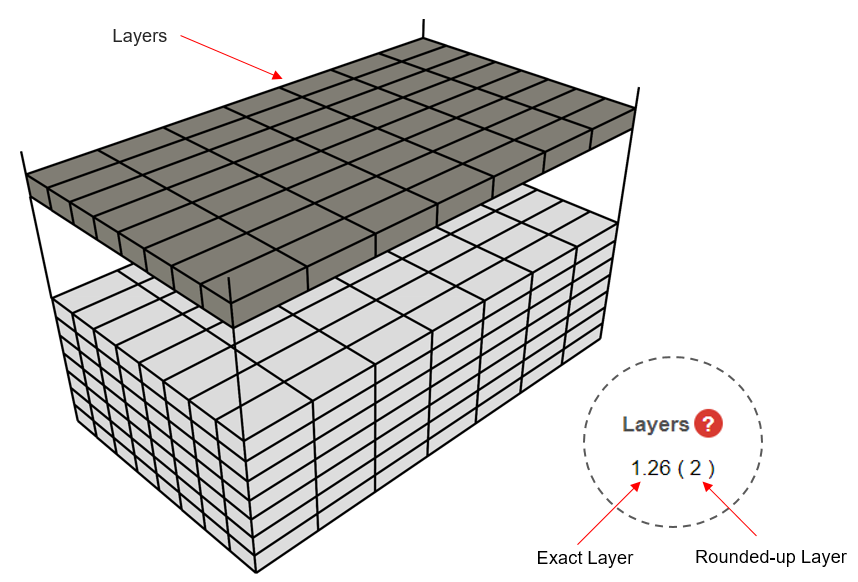
Achieve a stunning, durable, and unique outdoor patio with concrete pavers. Patio pavers are easy to install, weather-proof, and capable of fulfilling just about any design vision. Familiarize yourself with these 12 things to know about patio pavers before bringing these must-have additions to your landscape.
-
Start from the Bottom Up
Before installing your patio pavers, it’s essential to construct a sturdy base. Excavation of between roughly 8”-12”—depending on the exact material used—is required for a properly installed patio project. Contact your local utilities prior to digging to ensure all electrical, cable, and plumbing lines are properly marked. For an installation that’s back by Unilock, use a Unilock Authorized Contractor for your patio design and installation.
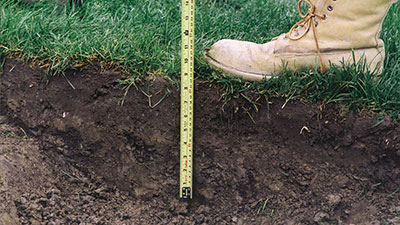
-
Keep it Even
Establishing a level bedding layer is a necessary step for patio success. Concrete pavers should rest in a bed of concrete sand that is screened out evenly. An uneven finished surface will detract from your patio’s aesthetic and potentially lead to trips and falls.
-
Edge It In
Experts who know about patio pavers will always advise you to utilize edging, which is an essential structural element to your patio’s performance. There are a few different types of flexible paver edging available, both aluminum and plastic solutions. Alternatively, concrete curbing units can be used as patio edging, so long as they are mortared in place.
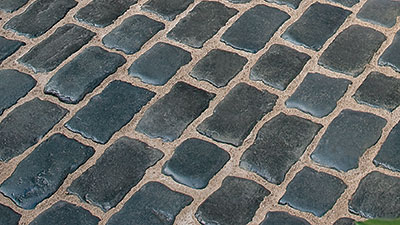
-
Seal in the Joints
One of the final finishing steps to your paver patio project is the installation of joint sand. Sometimes referred to as joint compound, this product is spread out in a thin layer over the entire surface, brushed in with a push broom, and vibrated in to the joints with a plate compactor. There are a few style options for joint finishes which you can learn about here.
-
Make the Right Cut
During almost all professional patio installations, the contractor will need to cut paver pieces so they will fit properly in the design. A masonry saw will easily trim a paver down to the desired size and shape, much like with interior tile finishes. When looking at contractors for a potential hire for your project, notice the cuts included in their work portfolio as this is often a measure of their skill and attention to detail.
-
Don’t Forget to Slope
A gentle pitch to the finished patio surface is essential for proper drainage. Factor in a quarter-inch of pitch for every two feet of patio space, directing the gradual pitch away from your main home to avoid water damage. Setting up paver projects for proper pitch is best left to a landscape professional.
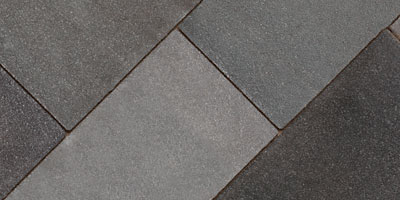
-
Know About Paver Patio Maintenance
Although constructing a paver patio can cost more than other hardscaping options, its long-term maintenance expenses greatly offset the overall price tag. Caring for pavers is incredibly easy, as an occasional sweep and clean with water is all you need to keep your patio looking fabulous. A pressure washer will effectively remove stains, although many paver manufacturers produce exceptionally stain-resistant products, so using one should remain a rare occurrence. For areas like outdoor kitchens and driveways, consider Unilock EasyClean Technology which you can learn more about here.
-
Have Extra Paver Pieces Ready
Pavers are highly valued for their ability to endure years of harsh weather conditions, seasonal temperature changes, foot traffic, and general use. However, individual pieces may become chipped or cracked. Keep extra concrete pavers from your project’s installation on hand to replace damaged pieces when spot treatment becomes necessary.

-
Go Green with Permeable Patio Pavers
Remain environmentally friendly with permeable patio pavers which direct rainwater and irrigation overflow into the ground, instead of into the runoff system. In addition to protecting your municipal water supply from harmful runoff, permeable pavers also allow you to adhere to pervious surface building requirements and their use may just mean the difference of getting that in-ground pool approved. Learn about Unilock permeable paver solutions
